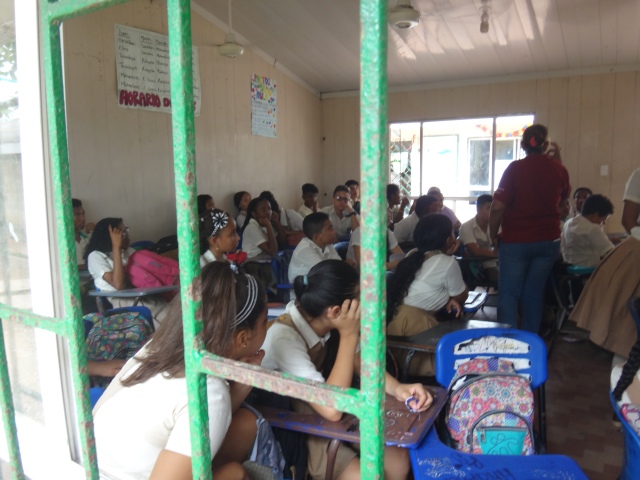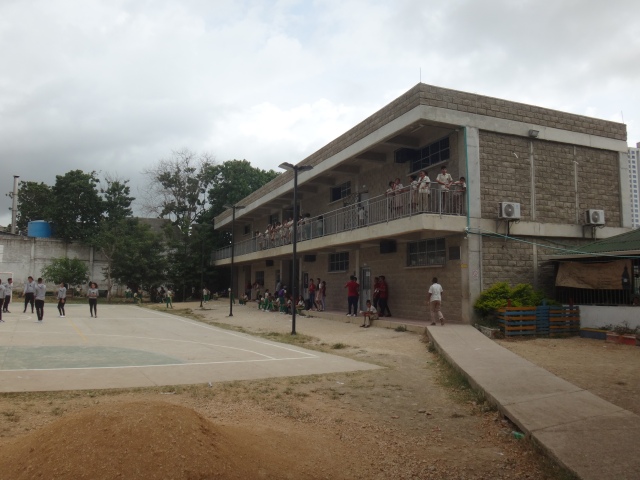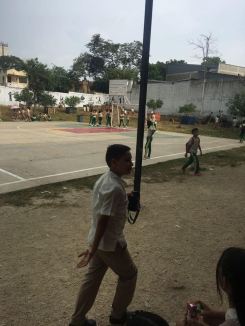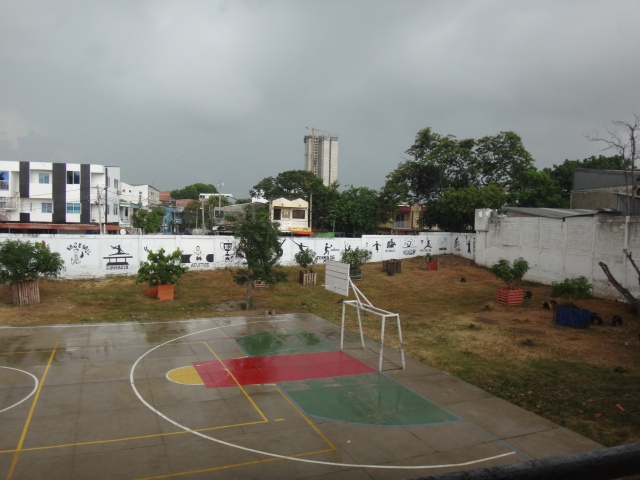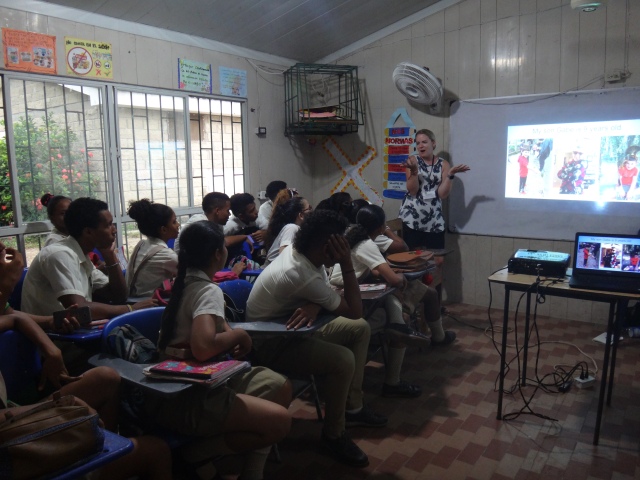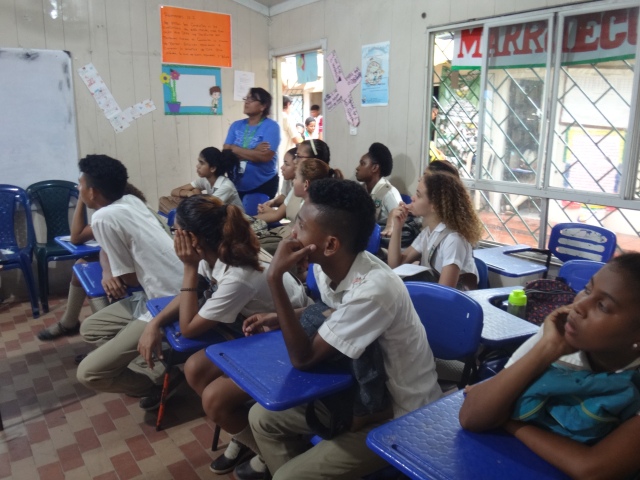It’s Wednesday at 12:30pm when my student with wild blue eyes and clenched fists nearly punches me in the face. In this moment, it is cemented: our beautiful vision for a charter school was idealistic, the systems are ineffectual and disorganized, and our high-needs student population is suffering in a dangerous and chaotic learning environment. When the bell rings, I put in my two weeks. I find myself in a rare place in life: a little bit of savings and a lot of unplanned time.
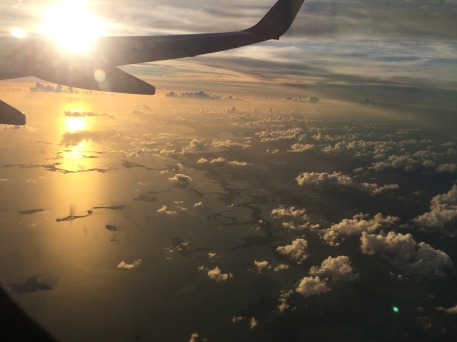
Waking up in Antigua, Guatemala is breathtaking: vibrantly colored colonial homes, tropical flowers draping signs, tree-coated volcanoes like a painting at the end of every street.
After walking up 1a Avendida Norte past the teetering ruins of Convento de Capuchinas, the well-used basketball courts and Templo de Santa Rosa de Lima (a small church with a breathtakingly huge facade), I arrive at the turn off for the hike to Cerro de la Cruz: an arduous, short climb of 330 steep steps on a well-maintained path that weaves through the forest.
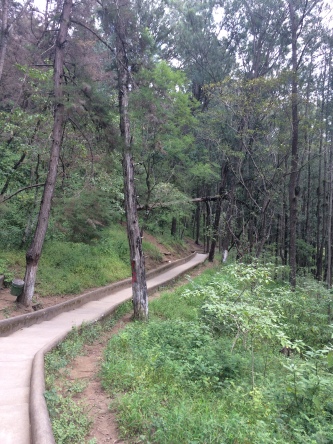
At the top I am greeted by beautiful views of Antigua stretching out below. Foreigners and locals pose for photos with the spreading city and the giant stone cross. A grandfather in a worn sombrero and a huge smile teaches his grandson how to fly a kite. Children race in clusters. Couples press knees and shoulders while they talk quietly. A perfect way to start my first day in Guatemala.
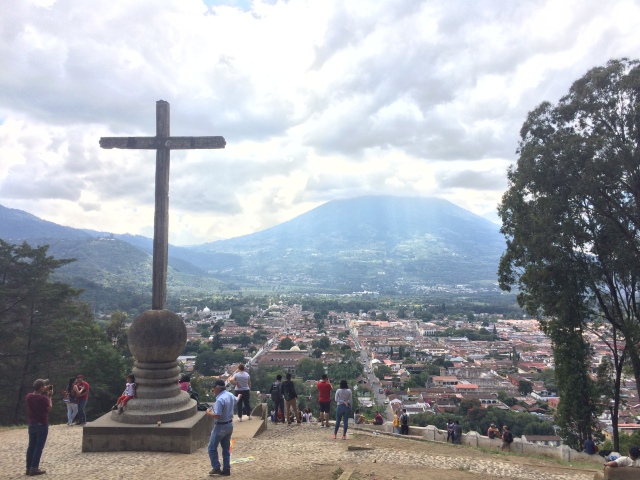
I pause for food around 1 at a place that calls to me with the internal gardens and the promise of chicken and cheese arepas. I love the way things are hidden inside colonial architecture, past thick cement walls and impenetrable wooden doors with ornate knockers; lives hinted at but concealed. When I get the opportunity to transgress these barriers, I am filled with joy. The restaurant has thick foliage and posters of famous writers and musicians with quotes beneath. The chicken and cheese arepas are transcendent; the michelada delightful.
After lunch, I wander back to the hostel to refill my water bottle and lay down for a minute; I have 8,200 steps. I listen to The Moth and enjoy this delightful place between wake and sleep where I feel my body buzz and know I am on the precipice of slipping away; I get to decide if I will drop over the precipice or stay buoyant on the shore.
I realize my next step should be to change money. Yesterday was a holiday, Dia de los Santos; many people were off work and are again today. I am a little worried that means the banks are closed. I wander down beautiful stone side-streets past roofs with flowers growing from red shingles; always there are massive, tree coated volcanoes in the distance.
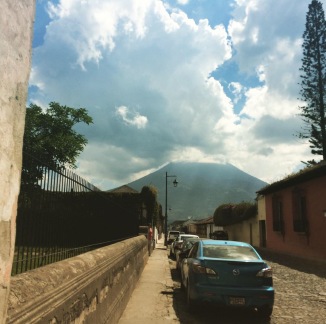
There is a metal detector at the bank entrance, which goes off as I enter. The police officer at the door doesn’t look up while I pause awkwardly before moving into the long, snaking line. It is mostly Mayan men not much taller than me. A Mayan woman wearing a colorful skirt enters with her daughter. She calls, “Buenas tardes” to everyone, which reminds me that I read I should greet everyone when walking into crowded spaces, a thought that fills me with dread, not wanting to call more attention to my otherness or initiate conversations I do not have the skill to navigate. Her daughter is in a matching patterned skirt with long hair falling loose down her back and a smile that lights up the room.
After the bank, I wander the streets again. Taking random turns to catch more of Antigua’s hidden delights, I stumble on a sign for a biblioteca en Centro de Formacion de la Cooperacion Espanola. Always a sucker of libraries, this one has even more magnetism with its ancient stone walls and ornate iron gate. Walking through the gate, green gardens and multi-colored, manicured flowers surrounded giant old growth trees. There’s a café with cloth umbrellas. Butterflies flit. I stand gaping at the beauty as a guard approaches to explain in Spanish that entry is free, but I must leave my backpack in a locker. “La fotografia es buena. Disfrutar.”
Established in 1626, the Jesuit monastery and college was an important piece of life in Antigua until the order was expelled in 1767. The structure was devastated by an earthquake six years later, but the Spanish government swooped in to transform it into a cultural space, leaving the Compania de Jesus church next to the main entrance beautifully unrestored.
The first room is full of ancient Mayan carvings from 1500-900 years BC, mostly on funeral urns, proud faces of ancient men. They make me think of my friend J, his adoption at three months from this country where he would have seen his face mirrored in the faces of the people surrounding him and in ancient art. Instead he grew up in Boulder, told proudly of his adopted Scottish ancestry with minimal understanding of his roots. I can’t imagine all the complicated feelings he must have about his ancestry, the family who gave him away, the opportunities he’s had in the States, the loving devotion of his conservative, Trump-supporting mom.
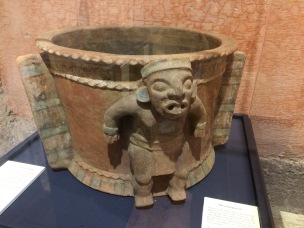
The next room is full of stunning paintings from all over Central America, mostly El Salvador and Guatemala.
Upstairs, I find the library filled with people digging through stacks of old books, earnestly copying down notes into cuadernos, intently undertaking searches on the handful of computers in the center of the room. The children’s section is delightful- the walls popping with colorful decorations and lined with books for varied ages. It reminds me of the Jorge Luis Borges quote, “I have always imagined that paradise will be a kind of library.”
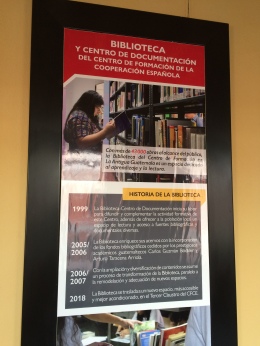
Across the street is El Refugio. I grab a café con leche and watch people pour by on the street. Initially, I had assumed the name of this place was in response to the migrant crisis of Latin America, but a Christian rock CD blasts through the speakers, so maybe a reference to the refugee one might find in God?
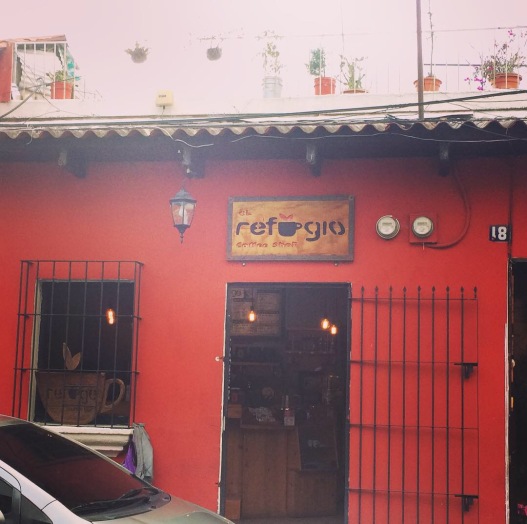
Outside a man in his late 50s with a face worn by endless days in the sun and dirt caked fingers wanders back and forth in front of the shop. He has a faded purple backpack he’s tied to the bars that cover the front window. Someone gets in their car to pull out of the parking spot, and he yells encouragement. They drive away quickly. A large silver truck starts to pull into the space, and he waves it in, helps direct, taps on the back of the vehicle to indicate that it’s in the right position. My view is blocked, so I can’t tell if his work garners a tip. This scene reminds me of Bali. The parking attendants who spread themselves throughout Denpasar, some in little orange vests with matching flags, to help wave you into spots and to stop the ceaseless traffic that poured past in complicated webs. The parking attendants, for only 2,000 rupiah (14 cents), would throw themselves in front of traffic to make it possible for you to leave.
The man unties his purple backpack, stars longingly into the coffee shop. I think of buying him something, but I am stopped by my lack of language, not wanting to make a scene.
I am finding my Spanish to be better than I expect at times, which is a delightful surprise. For example, at lunch, I was able to communicate fluidly with the waiter. There were no points at which I was unclear about his words or mine. At others, buying bug spray at the pharmacy or ordering my café con leche just now, I struggle to understand and grow a little unmoored. I need to look up again how to say, “Slowly, please.” I keep thinking, “pelan pelan;” the last dregs of my Indonesian rearing their head.
My unexpected time has given me the gift of Antigua: arepas, plant-filled courtyards, a stone library and a late afternoon coffee while watching people slip past on the cobblestone street as the sun sinks beneath the horizon.
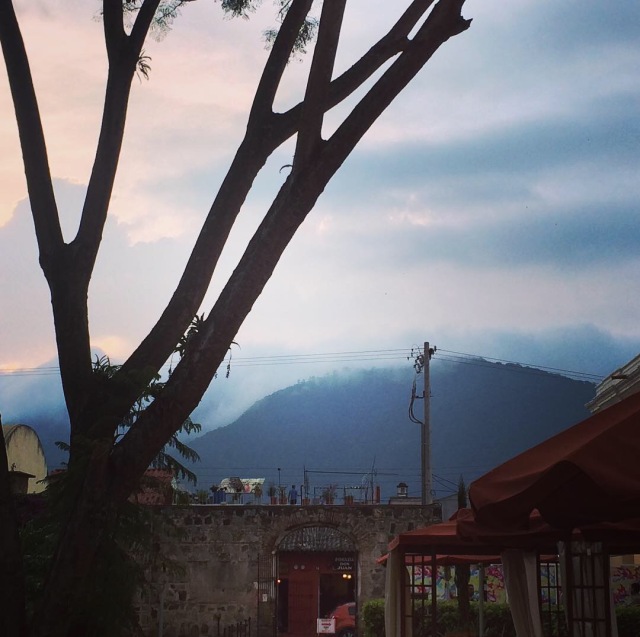
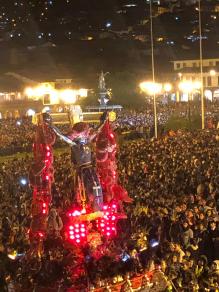












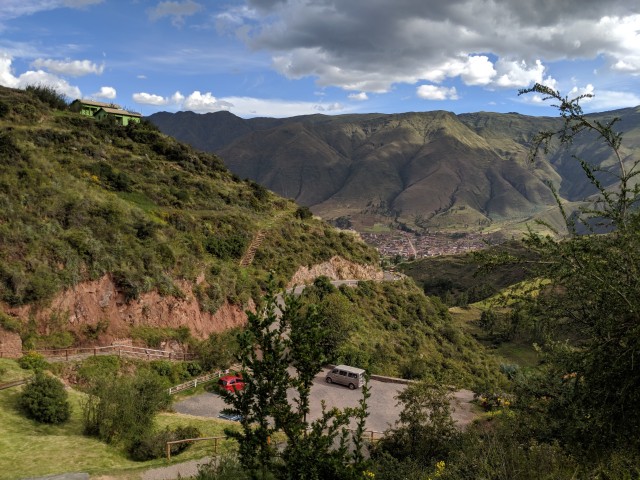



































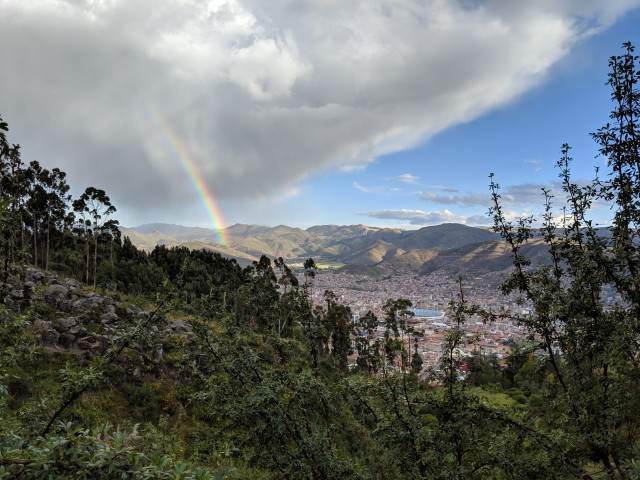
















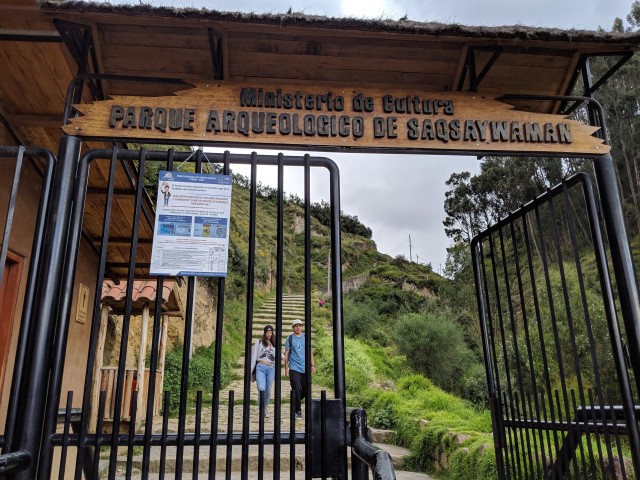






































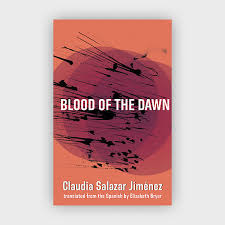
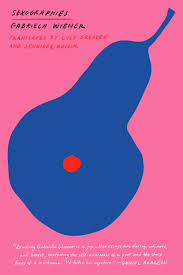
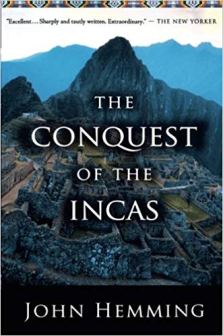































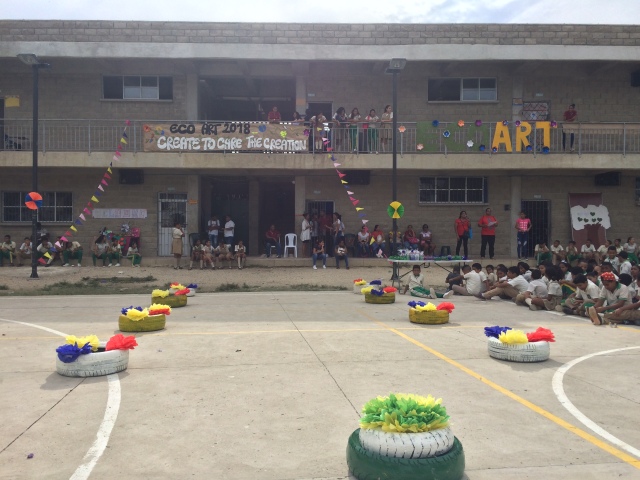









































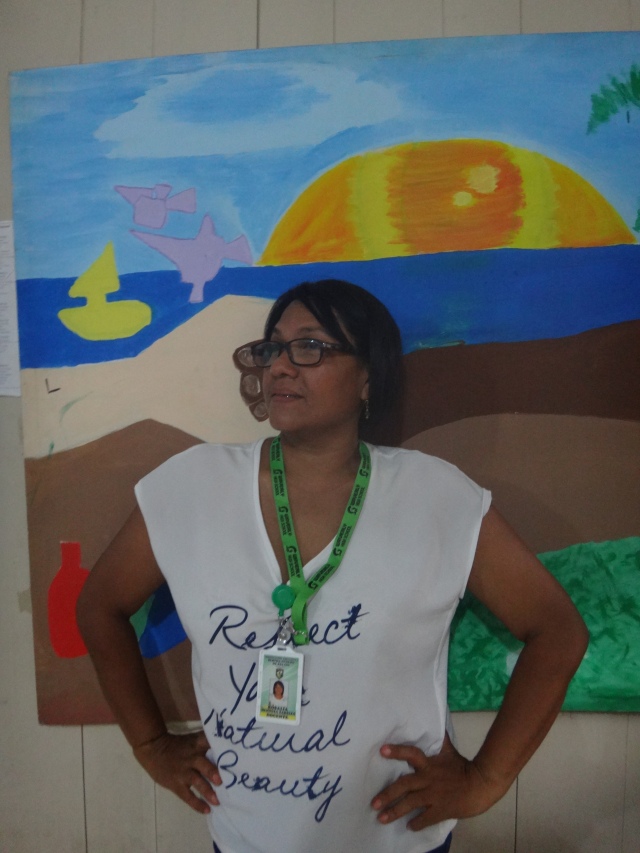
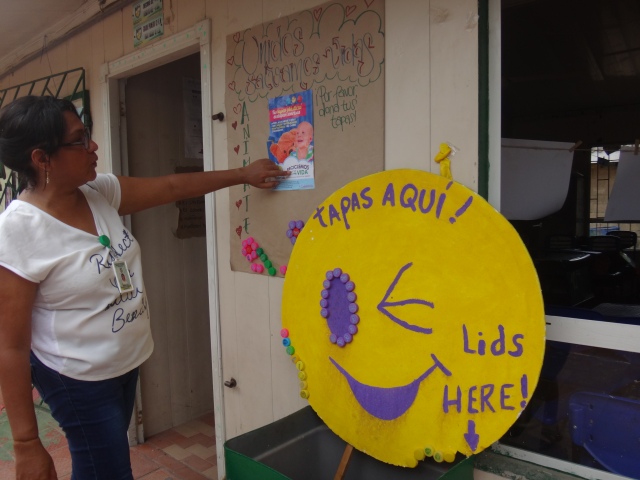




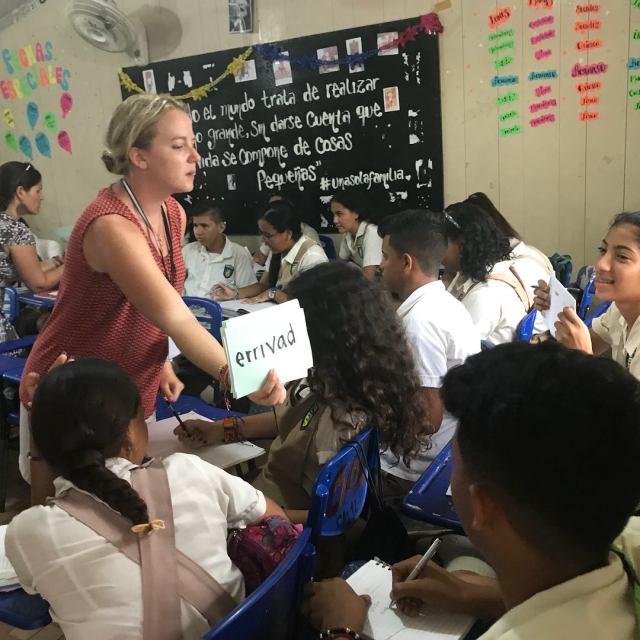













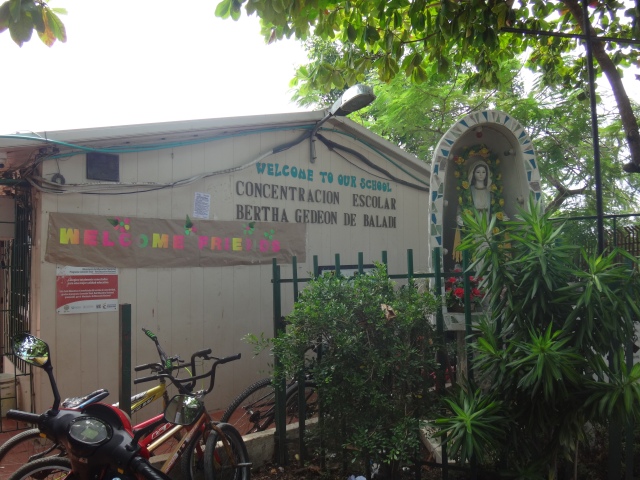 Escolar Bertha Gedeon de Balain is predominately strata one and two (the children of street peddlers and day laborers), though because of the school’s high ranking– fifth in all of Cartagena– families from strata three & four opt to send their children there as well. It was interesting touring the school, sitting in on classes and talking to teachers in an attempt to understand the special magic at work to help kids succeed despite the lack of resources and the difficulty of their home lives.
Escolar Bertha Gedeon de Balain is predominately strata one and two (the children of street peddlers and day laborers), though because of the school’s high ranking– fifth in all of Cartagena– families from strata three & four opt to send their children there as well. It was interesting touring the school, sitting in on classes and talking to teachers in an attempt to understand the special magic at work to help kids succeed despite the lack of resources and the difficulty of their home lives.





